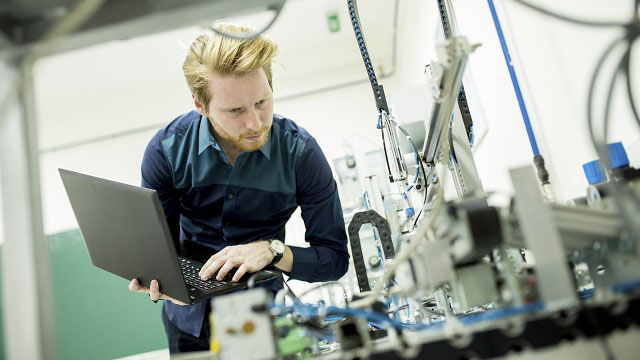Industrial maintenance and repair are essential for ensuring that industrial equipment remains in good condition and functions efficiently. This guide will provide an overview of industrial maintenance and repair, including its importance, everyday maintenance tasks, and repair techniques.
Importance of Industrial Maintenance and Repair
Industrial equipment is expensive and critical to the operation of many businesses. Proper maintenance and repair of this equipment are crucial to ensuring it remains in good condition and functions efficiently. Industrial maintenance and repair can help prevent equipment malfunction, reduce downtime, and extend the lifespan of equipment components.
Common Maintenance Tasks
There are several everyday maintenance tasks that operators can perform to maintain industrial equipment:
Regular Inspections
Operators should conduct regular inspections to identify potential issues with industrial equipment. Early detection of problems can help prevent equipment downtime and reduce maintenance costs.
Cleaning
Keeping equipment clean is vital for preventing dirt, debris, and other contaminants from causing equipment malfunction. Regular cleaning can also help identify potential issues before they become significant.
Lubrication
Lubrication is critical for the smooth operation of moving parts in industrial equipment. Operators should lubricate all moving parts regularly to ensure they function correctly and prevent friction damage.
Component Replacement
Industrial equipment has many components subject to wear and tear over time. Operators should replace worn parts with high-quality ones from Kor Pak to prevent equipment malfunction and downtime.
Records Keeping
Operators should keep records of maintenance activities, including inspections, repairs, and component replacements. These records help identify patterns and trends that may indicate potential issues.
Common Repair Techniques
There are several standard repair techniques that operators can use to repair industrial equipment:
Welding
Welding is a technique used to join metal components together. It can be used to repair cracks, breaks, or other damage to metal components in industrial equipment.
Machining
Machining is a technique used to shape metal components to the required size and shape. It can be used to repair damaged or worn parts in industrial equipment.
Replacing Components
If a component is damaged beyond repair, it may need to be replaced. Operators should ensure that replacement components are high quality and meet the manufacturer's specifications.
Electrical Repair
Industrial equipment often has electrical components that can malfunction. Operators should have the necessary skills and tools to diagnose and repair electrical issues.
Hydraulic Repair
Industrial equipment often has hydraulic components that can malfunction. Operators should have the necessary skills and tools to diagnose and repair hydraulic issues.
the sum up
Industrial maintenance and repair are essential for ensuring that industrial equipment remains in good condition and functions efficiently. Regular inspections, cleaning, lubrication, component replacement, and record keeping are common maintenance tasks that operators can perform to maintain industrial equipment. Operators can use welding, machining, replacing components, electrical repair, and hydraulic repair techniques to repair industrial equipment. By performing these tasks and procedures, operators can extend the lifespan of equipment, reduce downtime, minimize maintenance costs, and boost efficiency and productivity in the workplace.


0 comments: